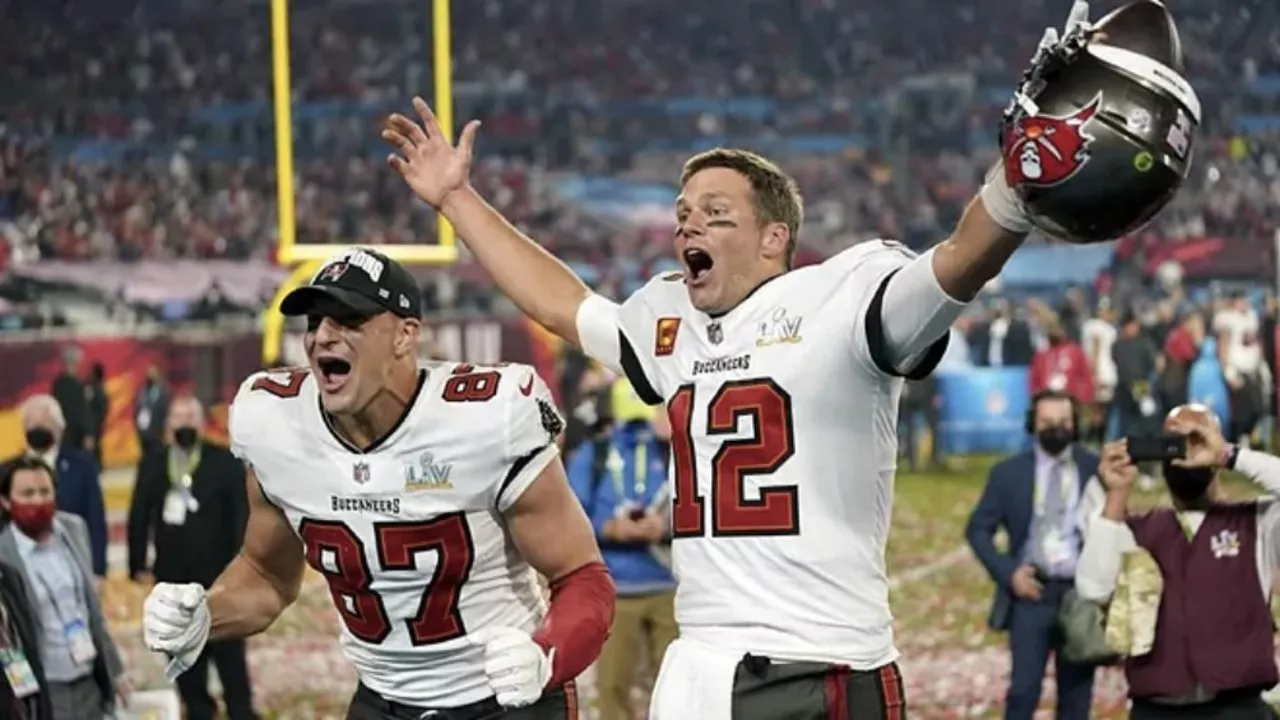Likelihood – How Chance Shapes Sports and Everyday Decisions
When talking about likelihood, the chance that a specific event will happen. Also known as chance, it drives everything from match forecasts to personal choices. Closely tied to probability, a mathematical measure of how often an outcome occurs and to betting odds, the numeric expression used by bookmakers to price an event, likelihood helps us weigh risk and decide what to expect.
In sports, sports predictions, expert or data‑driven forecasts of match results are built on likelihood calculations. A team favored to end an opponent’s unbeaten run, like Coventry City against Sheffield Wednesday, reflects high likelihood based on recent form, injuries and market odds. Those predictions don’t happen in a vacuum; they need risk assessment, the process of identifying and evaluating uncertainties to decide whether a bet, a strategy or a coaching tweak is worth the potential reward.
Why Knowing Likelihood Matters
First, likelihood gives you a common language. Whether you’re a fan debating the GOAT, a fan asking if NFL teams must honor contracts, or a traveler wondering about a visit to Texas, the idea of “how likely” something is happening aligns everyone’s expectations. Second, it translates raw data into actionable insight. In the Asia Cup, Sri Lanka’s six‑wicket win boosts their net run‑rate, a direct reflection of increased likelihood of advancing in the tournament. Third, it protects resources. Understanding the likelihood of a tax shortfall, like the one that led to a UK deputy prime minister’s resignation, can trigger early corrective actions.
These examples illustrate three semantic connections: (1) Likelihood encompasses probability, (2) Likelihood requires risk assessment, and (3) Likelihood influences sports predictions. By linking the core concept to its sub‑entities, you can see how a single metric branches into betting strategies, performance analytics, and even political accountability.
For anyone who watches a game, reads a tech story about logo design, or follows policy debates, grasping likelihood helps separate hype from realistic outcomes. It lets you ask smarter questions: Is this team truly favored, or just popular? Does a contract clause guarantee payment, or is it contingent on guaranteed money? How does a new season format affect player health risk? That curiosity fuels deeper engagement with the articles you’ll see next.
Below, you’ll find a curated list of posts that apply likelihood in different arenas—match odds, branding decisions, political fallout, and more. Each piece shows how the concept shapes real‑world stories, so you can see the theory put into practice and pick up tips for your own assessments.
